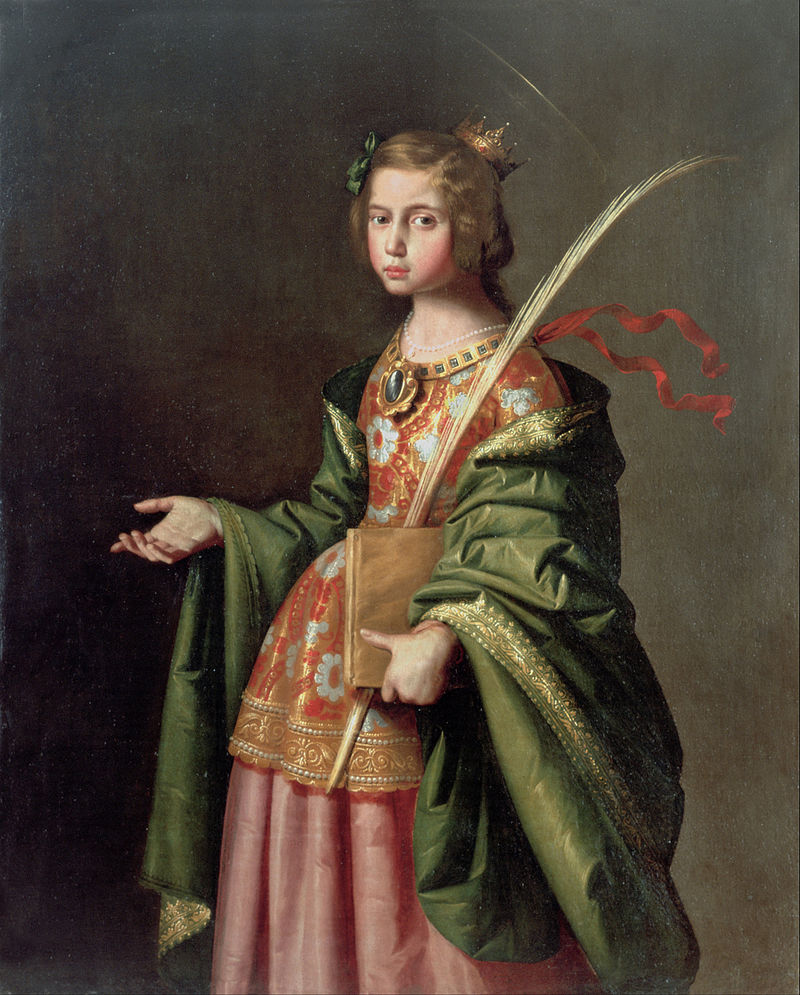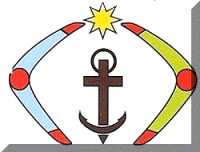I am sure I will be forgiven for adding a Franciscan Saint at the top of the list for today.
She is Saint Elizabeth of Hungary, Patron of the Third Order of St. Francis

Elizabeth of Hungary is revered as the patroness of the impoverished across Central Europe, and she inspired one of the most beautiful hagiographic narratives. Elizabeth was the daughter of Andrew II, King of Hungary, and was born in Sárospatak, Hungary, in 1207. Elisabeth was engaged to Louis IV of Thüringia in Central Germany when she was four years old. She married Lewis when she was fourteen years old. When Elizabeth was 20, Louis died of the plague. She then joined the Third Order of St. Francis, a lay Franciscan order, and established a hospital for the impoverished and sick in Marburg. After her death at the age of 24, Elizabeth’s fortune was given to the poor, and she became a symbol of Christian compassion in Germany and beyond.
According to folklore, Elizabeth had drained her own family’s larder and was carrying many loaves of bread beneath her cloak to donate to the destitute. Lewis saw Elizabeth was hiding something behind her cloak and urged her to reveal him what she was hiding. Elizabeth opened her coat after a few moments of hesitation since she didn’t want her husband to be displeased with her excessive kindness. Hundreds of roses dropped on the ground, much to her and Lewis’ surprise.
The tale of Elizabeth’s miracle roses lives on in the small, fragrant briar roses known as “Elizabethblumen,” which still bloom on the steep slopes surrounding Eisenach, the home of Louis and Elizabeth. In Marburg, the year 2007 was proclaimed “Elisabeth Year.” Throughout the year, events remembering Elisabeth’s life and works were held, culminating in a town-wide festival on July 7, 2007, to mark the 800th anniversary of her birth. [Paraphrased from
https://www.catholicprofiles.org/post/st-elizabeth-of-hungary-s-feast-day-november-18 ]
Image attribution By Francisco de Zurbarán – 5QFWzdSLq7NP0g at Google Cultural Institute maximum zoom level, Public Domain, https://commons.wikimedia.org/w/index.php? El lienzo representa a Santa Isabel de Turingia (1207-1231), más conocida como Santa Isabel de Hungría.curid=22009712

